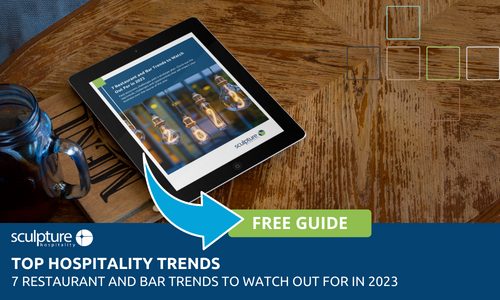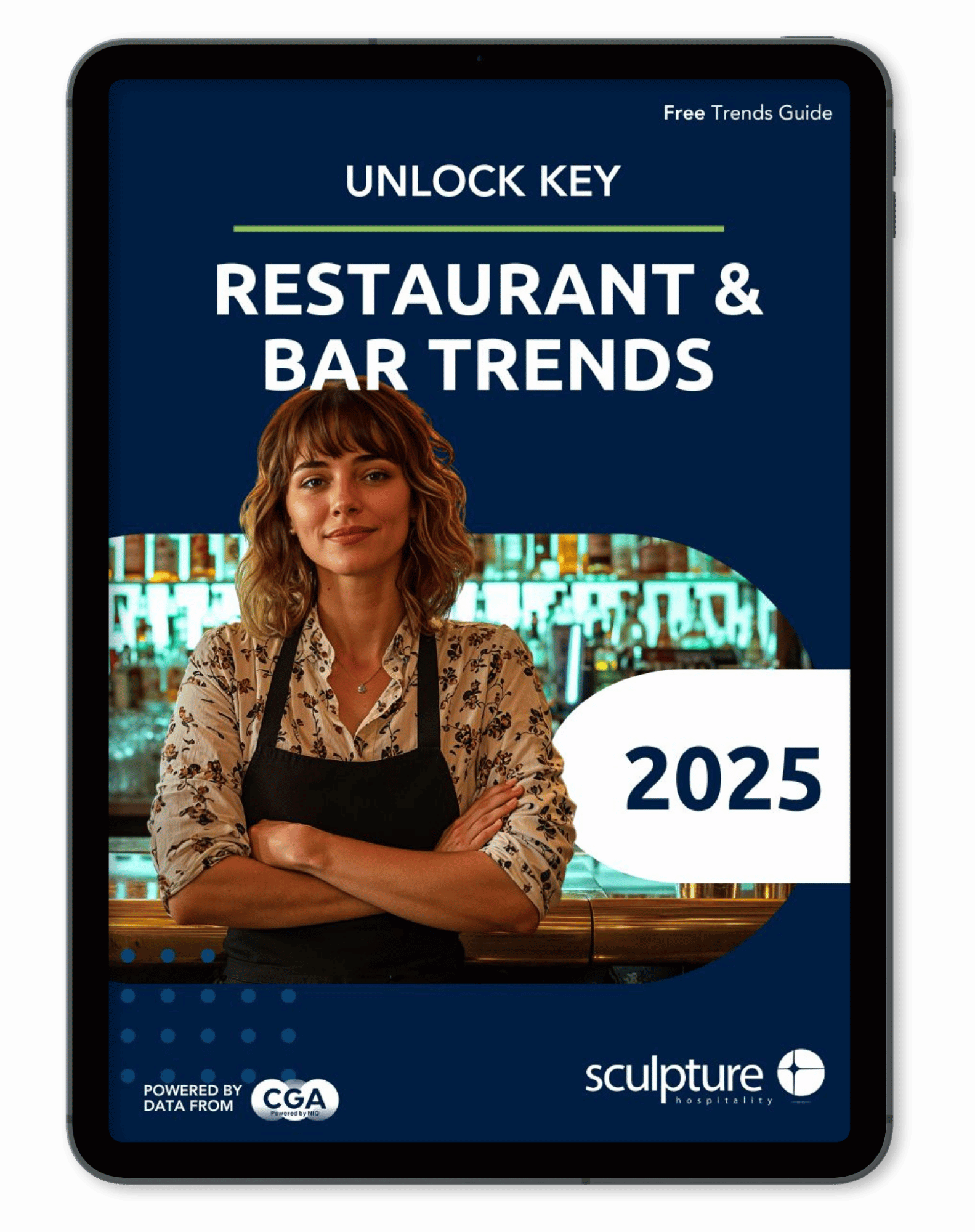As the owner of a multisite restaurant business, it can be challenging to stand out in what is a highly-competitive market. Yet doing so is crucial to driving up profit margins and achieving long-term success.
With 47 percent of restaurant operators expecting the competition to be more intense than last year, according to National Restaurant Association, now is the time to make sure your business has the processes and tools in place that facilitate brand awareness, improved efficiencies and, most importantly, growth.
With that in mind, in this blog we’ll explore 10 “secret ingredients” to grow your multisite restaurant business - from building a strong brand identity to utilizing technology and streamlining operations.
1. Build a Strong Brand Identity
A strong brand identity is critical to the success of any restaurant business, especially one with multiple locations. Your brand identity should be consistent across all sites and communicate your values and vision to your customers. This includes your logo, menu, decor, and customer service. A well-established brand identity helps build customer loyalty and sets you apart from your competitors.
2. Utilize Technology to Streamline OperationsTechnology can be a powerful tool for growing your multisite restaurant business. By using a centralized POS system, you can streamline operations, and monitor sales data across all locations. Even better, integrate this with an inventory management system and you have the tools you need to significantly improve profit margins across your sites.
This allows you to make data-driven decisions and identify areas where you can improve efficiency and reduce costs. You can also use technology to offer online ordering and delivery services, which can increase revenue and attract new customers in the locations you operate in.
3. Create a Consistent MenuA consistent menu is essential for multisite restaurant businesses. Customers should be able to expect the same quality and taste at every location. This requires careful menu planning, as well as training your kitchen staff to follow standardized recipes and cooking methods. It’s also important to consider regional tastes and preferences when creating a menu that appeals to a broad customer base.
4. Implement a Loyalty ProgramA loyalty program is a great way to incentivize customers to keep coming back to your restaurants. Consider offering rewards for frequent visits or purchases, such as discounts, free items, or exclusive access to events. A loyalty program can help you build a loyal customer base and increase customer lifetime value.
In addition, offering cross-promotions across all locations can help to increase sales and attract new customers. This includes offering discounts or promotions at one location for customers who visit another location. Cross-promotions can also help to reinforce your brand identity and encourage customer loyalty.
5. Create a Strong Online PresenceIn today's digital age, having a strong online presence is essential for any business. This includes having a website that is optimized for search engines, creating social media profiles, and managing online reviews. By creating a strong online presence, you can attract new customers, build brand awareness, and communicate with your existing customer base.
6. Partner with Local BusinessesPartnering with local businesses can help you reach a new audience and increase brand awareness. Consider partnering with local breweries, wineries, or coffee roasters to offer unique menu items or events. You can also partner with local hotels or tourist attractions to offer package deals or discounts.
7. Standardize Your Training ProgramsStandardizing your training programs across all locations is essential for ensuring consistent service and quality. This includes training programs for kitchen staff, servers, and managers. Standardized training programs can help to ensure that your team is following best practices and that customers receive the same level of service at all locations.
8. Develop a Centralized Marketing StrategyDeveloping a centralized marketing strategy can help to ensure that your brand messaging is consistent across all locations. This includes creating a brand style guide, developing a content marketing plan, and managing social media accounts. A centralized marketing strategy can also help to identify trends and opportunities across locations and optimize marketing efforts.
9. Implement a Centralized Accounting SystemImplementing a centralized accounting system can help to streamline financial operations across all locations, including tracking expenses, managing payroll, and analyzing financial performance. A centralized accounting system can also help to identify areas where you can reduce costs and increase profitability.
10. Monitor Online Reviews and Respond PromptlyMonitoring online reviews across all locations is essential for managing your online reputation. This includes responding promptly to negative reviews and thanking customers for positive reviews. Monitoring online reviews can also help to identify areas where you can improve customer service and make operational improvements.
Interested in learning more about growing your multisite restaurant business and how Sculpture Hospitality can help you with data-driven inventory management that boosts profit margins? Request a free consultation today.











